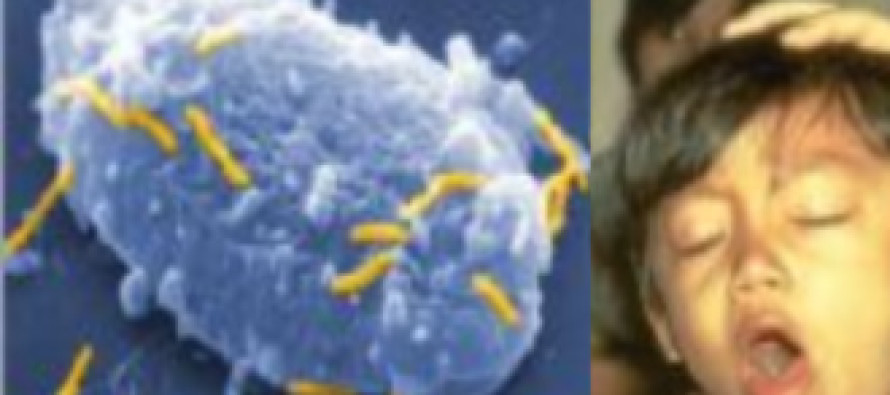Check immunization status for pertussis (whooping cough) … advice follows new study

Media Release
Pertussis (whooping cough) is one of the leading causes of vaccine-preventable deaths worldwide, and its prevalence in the community is underestimated.
Most deaths occur in young infants who are either unvaccinated or incompletely vaccinated.
A study published in the latest issue of Emergency Medicine Australasia, the journal of the Australasian College for Emergency Medicine, has found a high percentage (32%) of staff working in an emergency department had low immunity and were therefore at risk of becoming ill themselves and of spreading the infection if a patient with the disease sought treatment in the department.
The researchers recommend that all ED staff be routinely offered booster immunization for pertussis.
The study, led by Dr Omar Faruque (Bangladeshi origin*) from the Emergency Department at St George Hospital in Kogarah NSW (previously at Royal Hobart Hospital), was conducted at two hospitals in Hobart.
“There was evidence that some winter leave in southern Tasmania might be a reason for pertussis infection among unimmunized staff. This results in loss of individual earning and loss of availability of staff during the peak demand periods in the ED. There is evidence in the literature that underdiagnosis and undertreatment of pertussis occurs worldwide,” the researchers said.
To determine the proportion of ED staff who are susceptible to pertussis, they studied 97people
Ninety-one of them (94%) believed that they had been immunized for pertussis in childhood; six had either not been immunized or were unsure (6%).
Twenty-three (24%) had been immunized as adults.
The researchers found serologic evidence of recent infection for 21 participants (22%), and 31 (32%) were susceptible to pertussis on the basis of low immunoglobulin G titres.
The epidemiology of pertussis has changed significantly, and childhood pertussis vaccination does not offer lifelong protection.
The staff working in an emergency department might be at risk of pertussis from patients and vice versa.
“Adult pertussis occurs despite a prior history of childhood immunization and, indeed, in persons with a history of previous pertussis infection. This is further complicated by the fact that underdiagnosis and undertreatment of pertussis occurs worldwide,” the researchers said.
Resurgence of pertussis was first observed in 1976 in the USA, despite widespread immunization since 1951. The resurgence might be in part attributed to declining vaccine-induced immunity.
The absence of repeated boosters, by either immunization or exposure to infected persons, is the most likely explanation, the researchers suggested.
Pertussis is spread by respiratory droplets to 80% of susceptible household contacts.
Epidemics occur every 3–4 years. The presentation of pertussis is less severe in vaccinated people than it is in unvaccinated people, leading to an underestimation and misdiagnosis of cases.
The ED staff are potentially at risk of acquiring this infection from an undiagnosed or asymptomatic patient who presents to the ED for treatment. Once infected, these staff might become a reservoir of disease for patients, colleagues and their own families.
The researchers recommend routine booster immunization of emergency department staff and they also strongly advise the community to check with their doctor about their immunization status for this and other vaccine-preventable diseases.
FURTHER INFORMATION:
To interview Dr Omar Faruque, please contact Marilyn Bitomsky (see below).
Australasian College for Emergency Medicine, phone 03 9320 0444.
Issued for the Australasian College for Emergency Medicine by Marilyn Bitomsky, phone 07 3371 3057 or 0412 884 114.
Posted by Shahadat Manik


